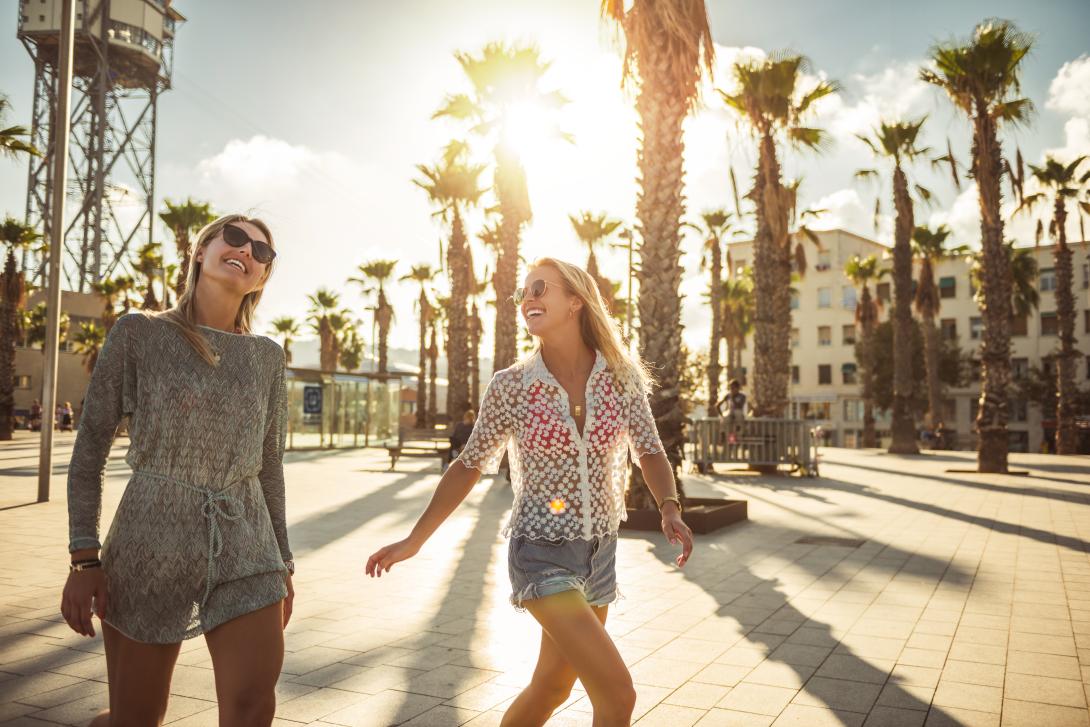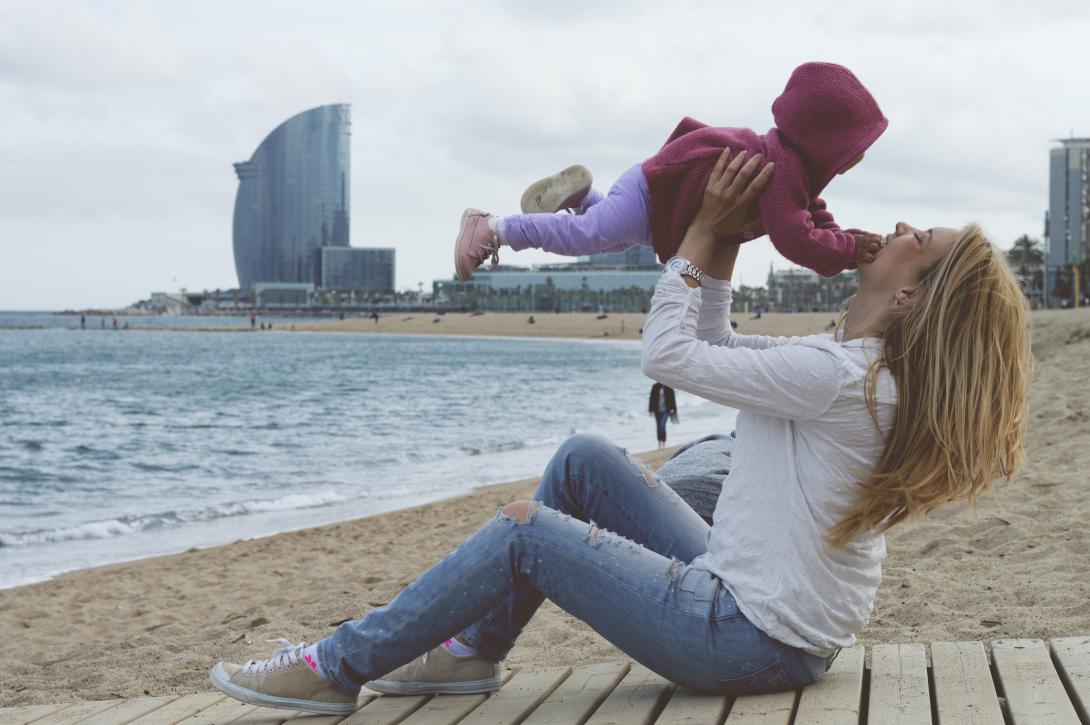Public space
Port Vell is the great meeting point between the sea and the city, the part of the Port of Barcelona where commercial, business, industrial and fishing activities coexist with urban uses, which is open to all citizens and visitors. A perfect setting to enjoy near the sea!

More than walks
A large part of the 70 hectares that today make up Port Vell are designed for you to experience and enjoy. In these spaces you can explore markets or fairs that take place periodically and participate in all kinds of recreational, commercial and sports activities. Or simply rest, walk and admire buildings and sculptures that are part of the port and city heritage.
Singularity and cohesion
The great challenge for the future is to rethink these spaces so that they preserve their maritime singularity while consolidating themselves as an urban environment for meetings and social cohesion. How?
- Generating intelligent spaces adapted to the current reality: with sustainable urban planning focused on people’s needs.
- Advancing in the elimination of urban barriers to guarantee access for all.
- Promoting environmentally friendly mobility that reduces travel times and improves the connectivity between the different areas of Port Vell.

Spaces for you: beyond Paral·lel and the Rambla




Port Center, the Port of Barcelona explained to the world

Spaces for you: next to the beach and open sea





Spaces for you: next to the beach and open sea


Pole of attraction in the city
The spaces managed by the Gerencia Urbanística Port Vell have many attractions and perspectives of the city and the port.
Integration and coexistence
The transformation processes in this area are complex, since they must be developed in an integrated and coherent manner with the rest of the seafront and in agreement with the administrations involved. And through dialogue and commitment with the rest of the agents in the territory: the concessionary companies, entities of the Barceloneta neighbourhood and its residents.
Opening out to the sea
For many years Barcelona lived with its back to the sea. Due to its historical configuration, the port was a physical and also a psychological barrier for citizens. The growth of the port meant that the part closest to the city began to focus to a great extent on its enjoyment.
Today it combines leisure and culture with business and training, in an increasingly sustainable and social manner, in economic and environmental terms. And facing the sea.

